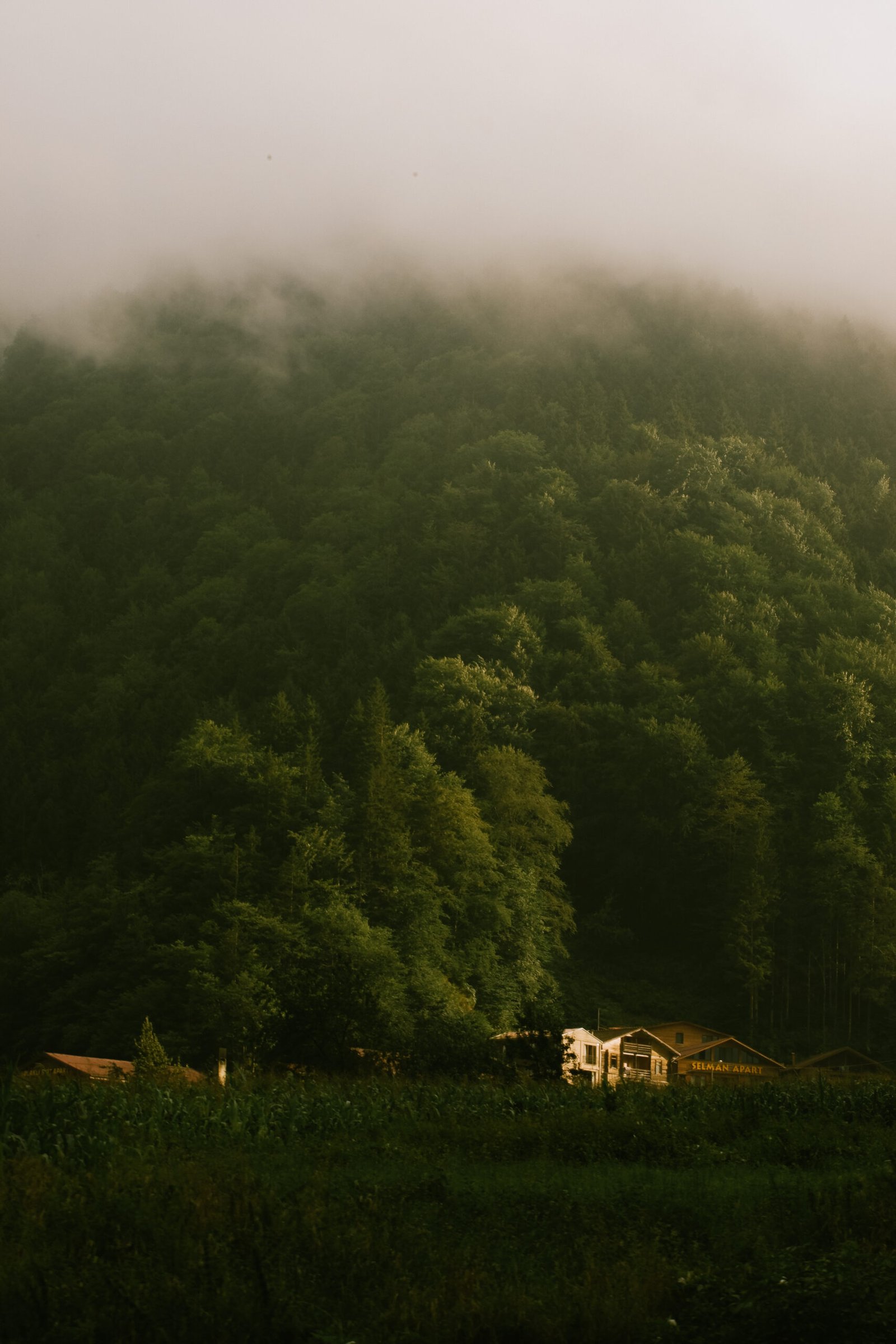
Russian Mission, Alaska
So, have you ever heard of a place called Russian Mission, Alaska? Well, it’s one of those hidden gems tucked away in the vast wilderness of Alaska. Nestled along the Yukon-Kuskokwim Delta region, this small city is rich in history and culture. With a population of just over 300 people, Russian Mission offers a unique glimpse into the traditional Yup’ik way of life. From stunning landscapes to the warm hospitality of its residents, this Alaskan city has a charm that captivates anyone who ventures into its remote beauty.
Location
Geographical location
Russian Mission is a small village located in the Yukon-Kuskokwim Delta region of Alaska. Situated on the northern bank of the Yukon River, it is approximately 375 miles west of Anchorage. The village is surrounded by vast expanses of tundra, hills, and water bodies such as the Yukon River and Russian Creek.
Surrounding areas
The surrounding areas of Russian Mission are characterized by a pristine wilderness and breathtaking natural beauty. To the east is the small village of Pilot Station, and to the west lies Marshall, another remote village. Both these villages are connected to Russian Mission by river transportation and play a vital role in the social and economic fabric of the region.
History
Early Russian presence
Russian Mission’s history is intertwined with the early Russian explorations of Alaska during the 18th century. In the late 1700s, Russian fur traders and explorers ventured into the area, establishing a presence along the Yukon River. They interacted with the indigenous Yup’ik people, learning their customs and way of life.
Establishment of Russian Mission
In the early 19th century, Russian Orthodox missionaries arrived in the region to spread Christianity among the local population. The village of Russian Mission was established in 1842 as a Russian Orthodox Mission. The missionaries played a crucial role in introducing Russian language, religion, and culture to the indigenous people.
Role during the Fur Trade Era
During the fur trade era, Russian Mission flourished as a trading hub and played an essential role in connecting the interior regions with the coastal trading posts. The village became an important gathering place for the indigenous people, traders, and missionaries, facilitating the exchange of goods, knowledge, and cultural practices.
Transition to American control
In 1867, with the acquisition of Alaska by the United States from Russia, Russian Mission came under American control. The village continued to thrive as a community, adapting to changing times while preserving its rich cultural heritage.

Demographics
Population
Russian Mission has a relatively small population, with approximately 325 residents as of the latest census. The population is predominantly Yup’ik, reflecting the indigenous heritage and cultural identity of the region.
Ethnicity and cultural diversity
The village of Russian Mission is known for its vibrant cultural diversity. Although the majority of the population is Yup’ik, there are also individuals of Russian, Ukrainian, and other ethnic backgrounds, creating a unique blend of cultures and traditions.
Economy
Traditional subsistence activities
Traditional subsistence activities, such as hunting, fishing, and gathering, form the backbone of the local economy in Russian Mission. The Yup’ik people have a deep connection to the land and rely on these activities to sustain their families and communities.
Modern industries and employment opportunities
In recent years, Russian Mission has witnessed the emergence of modern industries and employment opportunities. These include jobs in education, healthcare, local government, and small-scale entrepreneurial ventures. The village also benefits from revenue generated by seasonal tourism and cultural events.

Attractions and Landmarks
Russian Orthodox Church
The Russian Orthodox Church in Russian Mission is a significant cultural and historical landmark. Constructed in the late 19th century, the church stands as a testament to the village’s enduring connection to its Russian heritage. It serves as a place of worship and a gathering space for the community.
Historical sites
Russian Mission is home to various historical sites that provide a glimpse into the village’s past. These include the old mission house, the site of the early Russian trading post, and several artifacts and remnants that showcase the village’s rich history.
Natural beauty and outdoor activities
The village’s location amidst the stunning Alaskan wilderness offers numerous opportunities for outdoor activities. Residents and visitors alike can enjoy fishing for salmon and pike in the Yukon River, exploring nearby hiking trails, and experiencing the tranquility of the tundra landscape.
Community Life
Local events and celebrations
Russian Mission boasts a vibrant community life, with a calendar full of local events and celebrations. These include traditional festivals, seasonal gatherings, and cultural ceremonies that showcase the village’s rich cultural heritage. These events bring the community together and provide an opportunity to share ancestral traditions with younger generations.
Importance of cultural traditions
Cultural traditions play a vital role in the daily life of Russian Mission residents. The Yup’ik people value their heritage and pass down traditional knowledge, language, and customs to younger generations. Cultural preservation efforts, such as language revitalization programs and traditional arts workshops, are integral to maintaining the cultural fabric of the community.
Education and healthcare facilities
Russian Mission has a school that provides education to the village’s children, emphasizing Yup’ik language and culture alongside standard curriculum. The village also has a healthcare clinic, ensuring residents have access to necessary medical services.

Transportation
Air travel
The primary mode of transportation to and from Russian Mission is air travel. The village is served by a small airport that connects it to larger regional hubs, allowing residents to access essential services, medical care, and supplies.
Water transportation
Given its location on the Yukon River, water transportation also plays a significant role in connecting Russian Mission with neighboring villages and other parts of Alaska. Boats and barges are utilized for transporting goods, while river travel remains an integral part of the local culture.
Road infrastructure
Russian Mission does not have road access to other parts of Alaska. However, the village maintains a network of local roads and trails that allow for transportation within the community.
Education and Healthcare
Schools and educational facilities
Russian Mission operates a local school that caters to the educational needs of its residents. The school focuses on providing a well-rounded education while incorporating Yup’ik language and culture into the curriculum. The village also participates in programs that promote higher education opportunities for its students.
Healthcare services
The village has a healthcare clinic that offers primary medical services to the residents. Although it may lack certain specialized medical facilities, efforts are made to ensure the well-being of the community through regular visits from healthcare professionals and emergency medical services.
Challenges and Future
Environmental concerns
Russian Mission faces various environmental challenges, including erosion caused by the shifting Yukon River, increased frequency of storms, and the threat of climate change. These factors pose a significant risk to the village’s infrastructure, including homes, community buildings, and vital services.
Economic development
While Russian Mission has seen some economic growth, the community continues to face the challenge of expanding employment opportunities and sustainable economic development. The village is exploring avenues for investment, such as promoting ecotourism and supporting local entrepreneurship, to create long-term economic stability.
Preserving cultural heritage
Preserving the rich cultural heritage of Russian Mission is of paramount importance to the community. Efforts are being made to ensure the continuation of traditional practices, the revitalization of the Yup’ik language, and the transmission of cultural knowledge to future generations. Collaborative initiatives with neighboring villages and cultural organizations aim to safeguard and celebrate the unique cultural identity of Russian Mission.
Conclusion
Summary of Russian Mission, Alaska
Russian Mission, located in the remarkable Yukon-Kuskokwim Delta region, is a village steeped in history, cultural diversity, and natural beauty. From its early Russian presence to its role as a trading hub during the fur trade era, Russian Mission has continued to thrive and adapt to changing times while preserving its cultural heritage.
Importance of historical preservation
Russian Mission serves as a reminder of the significant historical and cultural contributions of Russian and Yup’ik people in the region. Preserving and promoting the village’s history, cultural traditions, and landmarks ensures that future generations can learn from and appreciate the unique legacy of Russian Mission. By maintaining its traditions and embracing its future, Russian Mission continues to be a vibrant and special place within the Alaskan landscape.
